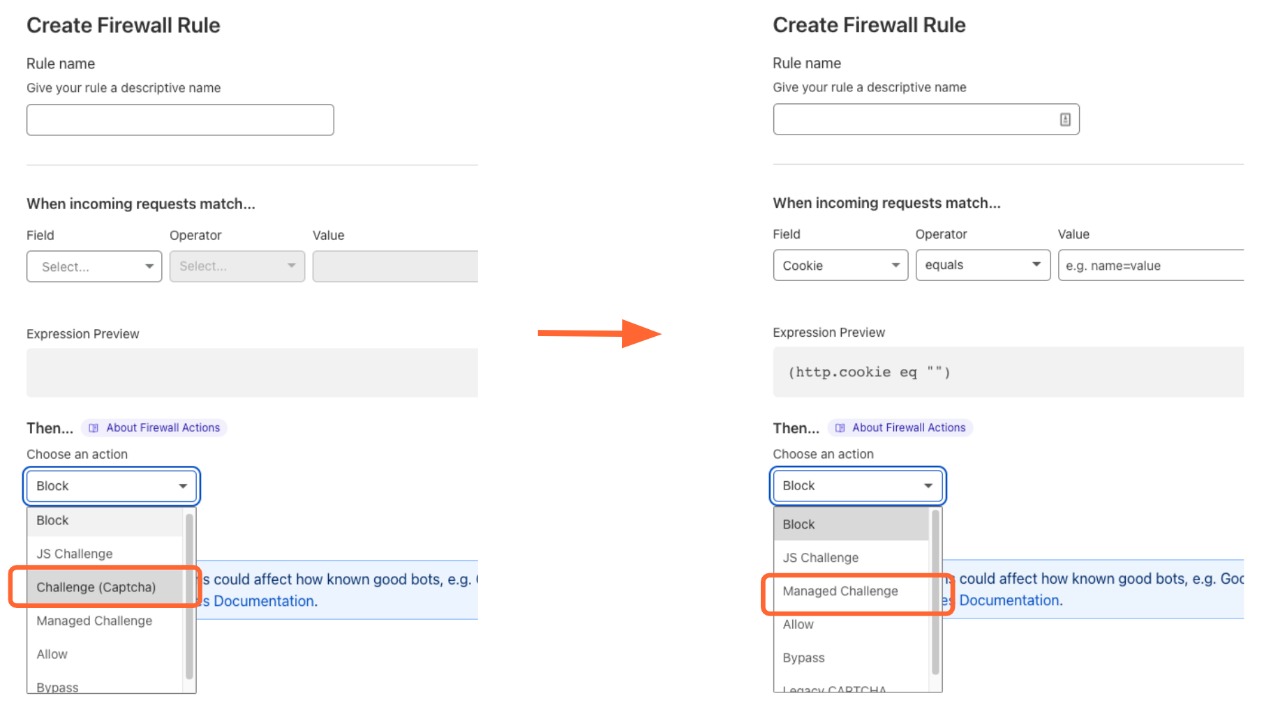Approximately 70% of businesses affected by a massive fire fail to recover or collapse after three years of the incident. That is why companies must have adequate fire protection. That said, passive fire protection is vital to commercial fire prevention and building fire services. In conjunction with active fire protection, these two approaches reduce and control flames, enabling individuals to evacuate swiftly and minimise damage to essential records, machinery, and equipment. Read more as this article will guide you through passive fire protection.
What Is Passive Fire Protection, And How Does It Work?
Every fire plan must include passive fire protection (PFP). It is designed into a building’s construction to protect people’s lives and to reduce the economic effect of damage to structures and possessions. PFP accomplishes this by:
- Restricting the smoke and fire in a single room or compartment.
- Having evacuation routes for critical methods of escape, such as fire doors.
- Protecting the structural system and maintaining its long-term viability.
Passive fire protection systems are included in the building to offer sturdiness and in the floors and walls to divide the structure into controllable danger compartments. This protection is either supplied by the materials used to create the structure or incorporated into the building to improve its fire resistance.
What Are Passive Fire Protection Systems?
Fire-resistant methods are referred to as passive protection. The goal of these systems is to keep flames from spreading and starting from the beginning. This resistance is often structural, intending to compartmentalise your structure and isolate a flame. Passive fire prevention is essential for worker protection and limiting structural damage. You could retain the structural stability of your facility and guarantee the escape routes of your colleagues by using appropriate compartmentalisation.
The following are all types of passive fire protection:
- Spray fireproofing
- Refuge points or protection of muster
- Mineral fibre matting
- Mortar coating
- Intumescent paint
- Flame shields
- Dampers
- Emergency exit lights
- Fire floors
- Firewalls
- Fire doors
Why Is Passive Fire Protection Important?
When most people think of fire safety, they think of fire sprinklers and extinguishers. Meanwhile, these fire prevention methods operate in unison with more subtle passive measures to safeguard individuals and structures. Avoiding fire spread and building sections may be vital in saving lives and providing emergency teams enough time to respond. Here are a few of the most crucial reasons for passive fire prevention.
Save Lives
Passive fire safety strategies serve to minimise fire spread and save lives. If a fire begins, it must be controlled in a compartment using passive methods, enabling individuals nearby to evacuate and depart the building. Passive fire prevention systems allow safe departure pathways by protecting stairwells and critical passageways from expanding smoke and flames when incorporated into the structure. In the case of a fire, inhabitants may securely exit a building by planning structural passive fire protection and correctly applying proper measures in critical areas.
Limits Fire Spread
The top priority in the case of a fire is to save lives by limiting the spread of smoke and flames. Passive fire protection solutions involve cavity separators, infiltration sealant, and fire compounding, all of which try to prevent spreading of smoke and fire. Building divisions are also essential for passive fire prevention since compartments are effectively formed inside structures to keep fires contained.
Furthermore, controlling the spread offers various advantages, including lowering building-wide destruction and buying time. The fire is confined and localised by maintaining it inside one compartment and limiting its growth, enhancing the relative amount of time residents have to leave, and emergency responders have to respond. Buildings without passive fire protection may ignite very quickly, causing severe damage to the building and the people inside it.
Protects Building Structure
Fire and its intense heat may severely damage structures and their interior structures. Fire may cause structures to become dangerous and risk lives by forcing them to crumble or produce unstable bases. Passive fire protection may also assist in maintaining a building’s structural stability and crucial supporting structure safety. This is important not only for the quick departure of building occupants and the entrance of emergency responders without danger of collapse but also for the upkeep and rebuilding of a structure after a fire.
Legal Regulations
Efficient fire safety measures are needed by law in all buildings, whether residential or non-domestic. Even though the fire resistance and regulations vary depending on the structure, its function, and when it was constructed, all buildings must have some degree of passive and active protection to be compatible with laws.
BS 9991 is among the fire safety precaution rules for residential structures, which require structures to have implemented measures to restrict the spreading of fires. Other rules for various types of buildings exist, showing the necessity of passive fire prevention in legal compliance and the significant benefit of having adequate safeguards.
Protects Assets
Passive fire protection may safeguard important assets inside a structure from the effects of fire. Specific fire management measures may be required to avoid the danger of explosions or massive financial damage, whether it’s expensive merchandise in storage or the electrically powered department.
Conclusion
Passive fire protection is essential to a building’s fire safety plan since it saves lives and keeps structures standing. It is a fire protection approach built into a building that tries to limit the spread of fire throughout the construction and enable users to evacuate securely. Employ passive fire prevention whether you are a homeowner or a company owner.












